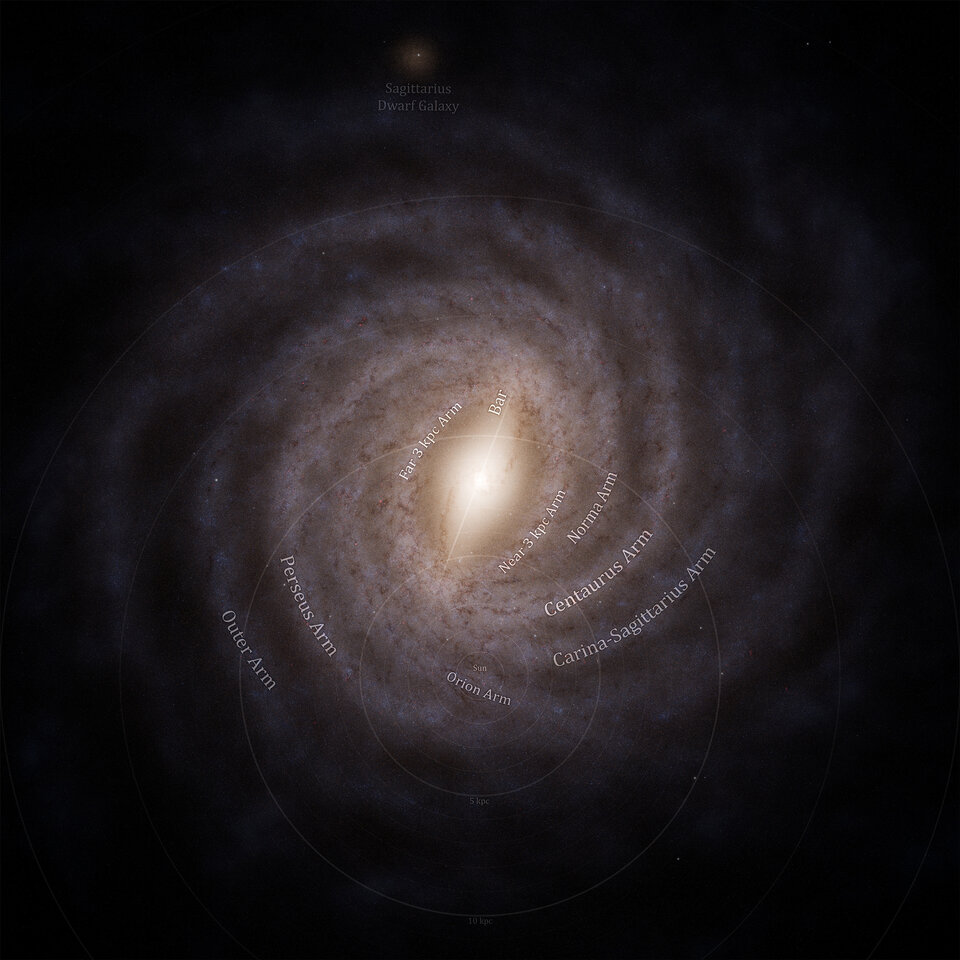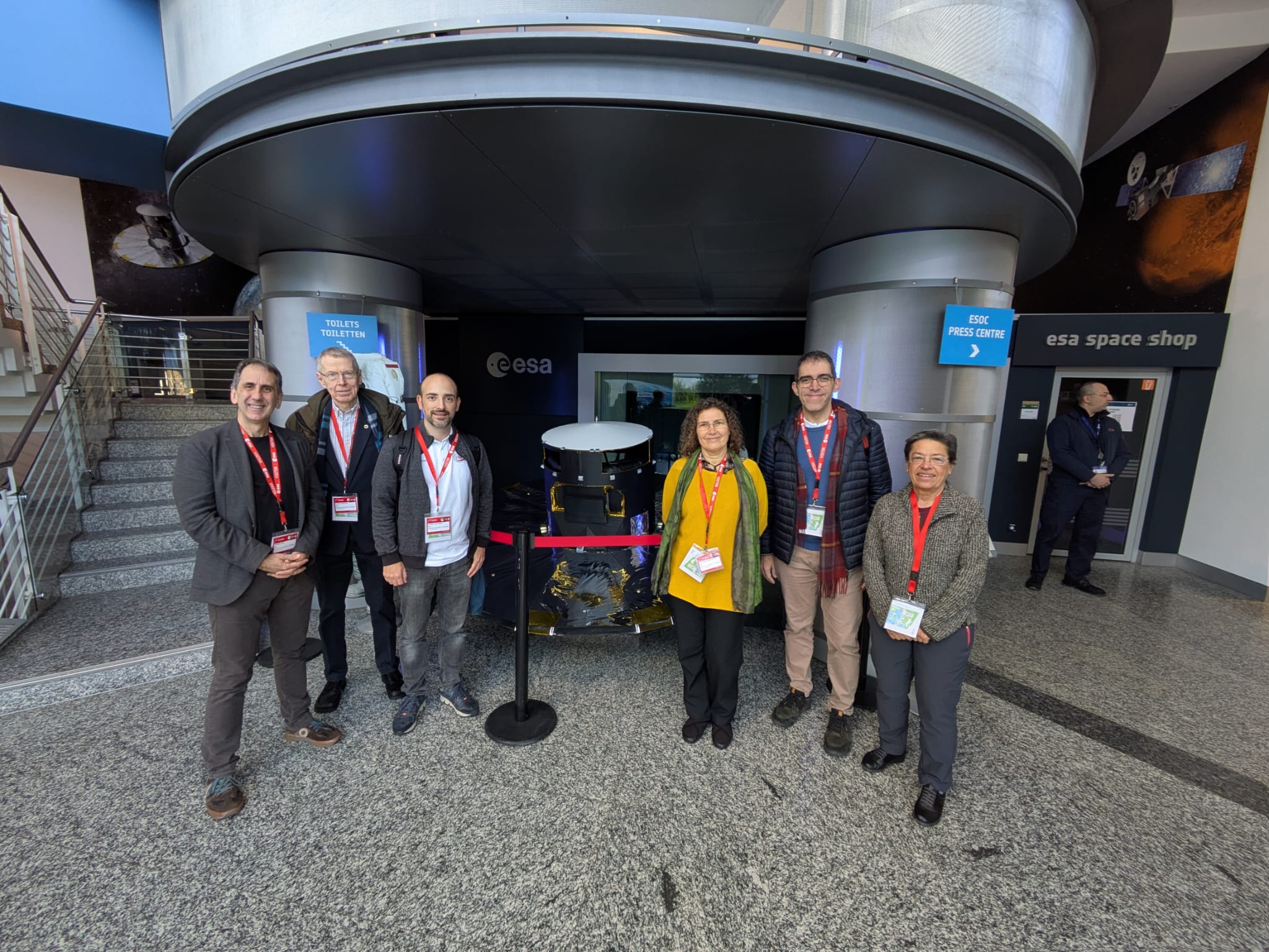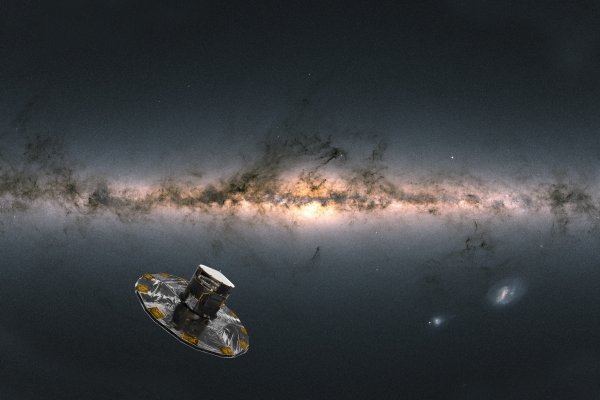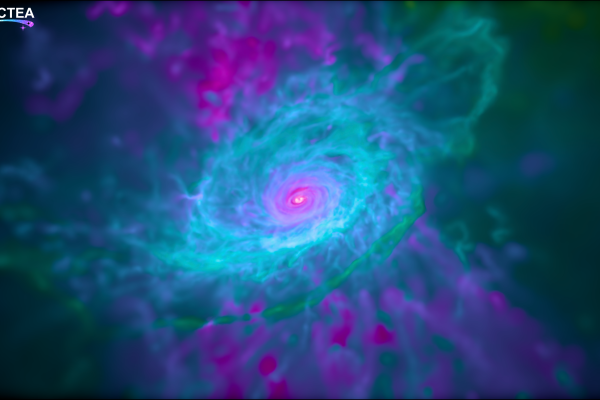The European Space Agency (ESA) has powered down its Gaia spacecraft after more than a decade spent gathering data that are now being used to unravel the secrets of our home galaxy.
On 27 March 2025, Gaia’s control team at ESA’s European Space Operations Centre carefully switched off the spacecraft’s subsystems and sent it into a ‘retirement orbit’ around the Sun.
Though the spacecraft’s operations are now over, the scientific exploitation of Gaia’s data has just begun.
Gaia’s stellar contributions
aunched in 2013, Gaia has transformed our understanding of the cosmos by precisely mapping the positions, distances, motions, and properties of nearly two billion stars and other celestial objects. It has provided the largest, most precise multi-dimensional map of our galaxy ever created, revealing its structure and evolution in unprecedented detail.

The mission uncovered evidence of past galactic mergers, identified new star clusters, contributed to the discovery of exoplanets and black holes, mapped millions of quasars and galaxies, and tracked hundreds of thousands of asteroids and comets. The mission has also enabled the creation of the best visualisation of how our galaxy might look to an outside observer.
“Gaia’s extensive data releases are a unique treasure trove for astrophysical research, and influence almost all disciplines in astronomy,” says Gaia Project Scientist Johannes Sahlmann. “Data release 4, planned for 2026, and the final Gaia legacy catalogues, planned for release no earlier than the end of 2030, will continue shaping our scientific understanding of the cosmos for decades to come.”
Spanish institutions have had a major contribution to the mission. "The Gaia team at the University of Barcelona has been working on the mission since its inception around 1997." says Xavier Luri, director of the Institute of Cosmos Sciences of the University of Barcelona (ICCUB) and member of the Gaia UB team. "We have participated in all its phases, from defining the scientific case and industrial design to data processing and scientific exploitation. Now, although we say farewell to Gaia, several years of work remain to fully process all the data collected over these years and publish two additional data releases (DR4 and DR5)."

Saying goodbye is never easy
Gaia far exceeded its planned lifetime of five years, and its fuel reserves are dwindling. The Gaia team carefully considered how best to dispose of the spacecraft in line with ESA’s efforts to responsibly dispose of its missions.
They wanted to find a way to prevent Gaia from drifting back towards its former home near the scientifically valuable second Lagrange point (L2) of the Sun-Earth system and minimise any potential interference with other missions in the region.
“Switching off a spacecraft at the end of its mission sounds like a simple enough job,” says Gaia Spacecraft Operator Tiago Nogueira. “But spacecraft really don’t want to be switched off.”
“Gaia was designed to withstand failures such as radiation storms, micrometeorite impacts or a loss of communication with Earth. It has multiple redundant systems that ensured it could always reboot and resume operations in the event of disruption.”
“We had to design a decommissioning strategy that involved systematically picking apart and disabling the layers of redundancy that have safeguarded Gaia for so long, because we don’t want it to reactivate in the future and begin transmitting again if its solar panels find sunlight.”
On 27 March 2025, the Gaia control team ran through this series of passivation activities. One final use of Gaia’s thrusters moved the spacecraft away from L2 and into a stable retirement orbit around the Sun that will minimise the chance that it comes within 10 million km Earth for at least the next century. The team then safely deactivated and switched off the spacecraft’s instruments and subsystems one by one, before deliberately corrupting its onboard software. The communication subsystem and the central computer were the last to be deactivated.
Gaia’s final transmission to ESOC mission control marked the conclusion of an intentional and carefully orchestrated farewell to a spacecraft that has tirelessly mapped the sky for over a decade.
The final commands have been sent to Gaia. This is the last time that the spacecraft will ever hear from its team on Earth. The final commands include those to shut down the spacecraft's communication systems and central computer.
A lasting legacy
Though Gaia itself has now gone silent, its contributions to astronomy will continue to shape research for decades. Its vast and expanding data archive remains a treasure trove for scientists, refining knowledge of galactic archaeology, stellar evolution, exoplanets and much more.
A workhorse of galactic exploration, Gaia has charted the maps that future explorers will rely on to make new discoveries. The star trackers on ESA’s Euclid spacecraft use Gaia data to precisely orient the spacecraft. ESA’s upcoming Plato mission will explore exoplanets around stars characterised by Gaia and may follow up on new exoplanetary systems discovered by Gaia.
The Gaia control team also used the spacecraft’s final weeks to run through a series of technology tests. The team tested Gaia’s micro propulsion system under different challenging conditions to examine how it had aged over more than ten years in the harsh environment of space. The results may benefit the development of future ESA missions relying on similar propulsion systems, such as the LISA mission.
Forever in Gaia’s memory
The Gaia spacecraft holds a deep emotional significance for those who worked on it. As part of its decommissioning, the names of around 1500 team members who contributed to its mission were used to overwrite some of the back-up software stored in Gaia’s onboard memory.
Personal farewell messages were also written into the spacecraft’s memory, ensuring that Gaia will forever carry a piece of its team with it as it drifts through space.
As Gaia Mission Manager Uwe Lammers put it: “We will never forget Gaia, and Gaia will never forget us.”



